A Montana elk tag might stretch the budget for a young out-of-state hunter, but it made this private-land hunt possible in more ways than one
Thirty minutes into glassing, I put down my binoculars and continued to scan the private ranch below me with my naked eye. Suddenly, I saw the tan hide of an elk—solo, like me, and nearly a mile away, I guessed—surrounded by nothing but sagebrush. How had I missed that before? Even with my binos, I couldn’t quite make out the headgear. An elk all by itself? It’s got to be a bull, I thought.
With only a cow tag on me, I kept glassing, and eventually I spotted five antlerless elk at the edge of the timber, a few hundred yards south of the loner bull. Game on. I shed my winter jacket and started running to close the gap and set up for a shot.
That tag, which cost me no small chunk of change, was suddenly burning a hole in my pocket.
An Out-of-State Hunter on a Budget
Having just moved to Montana last fall, I hadn’t yet met the requirement of six months’ residency to purchase in-state tags. Out-of-state licenses run $858 for a bull elk tag, something that I simply couldn’t afford. Instead, friends suggested that I look into an extended shoulder season hunt for cow elk only. These elk B licenses are a bit more reasonable, but still cost about $300. As I was shopping around, I found myself wondering where all of this money goes.
The expense of some tags may make you think the system is designed to keep all but elite hunters out, but I quickly learned that these dollars actually help expand our access.
For starters, every license fee helps to pay state fish and game managers doing the work of conserving habitat and maintaining our access to hunting and fishing. Fees also help fund the research that allows sound conservation practices to ensure hunting and fishing opportunities for future generations. And, in some cases, license fees also pay for access to private land.
The ranch I was hunting was open to me thanks to Montana’s Block Management Area (BMA) program, which is primarily funded by license fees. The revenue generated from out-of-staters, specifically—and technically I still had to count myself among this group—helps carry the program. “Twenty-five percent of BMA funding comes from non-resident combo license fees, with more coming from out-of-state upland bird licenses and everyone else’s hunting access enhancement fees,” says Allen Charles, who served as the coordinator for landowner programs benefitting sportsmen at Montana Fish, Wildlife and Parks before retirement.
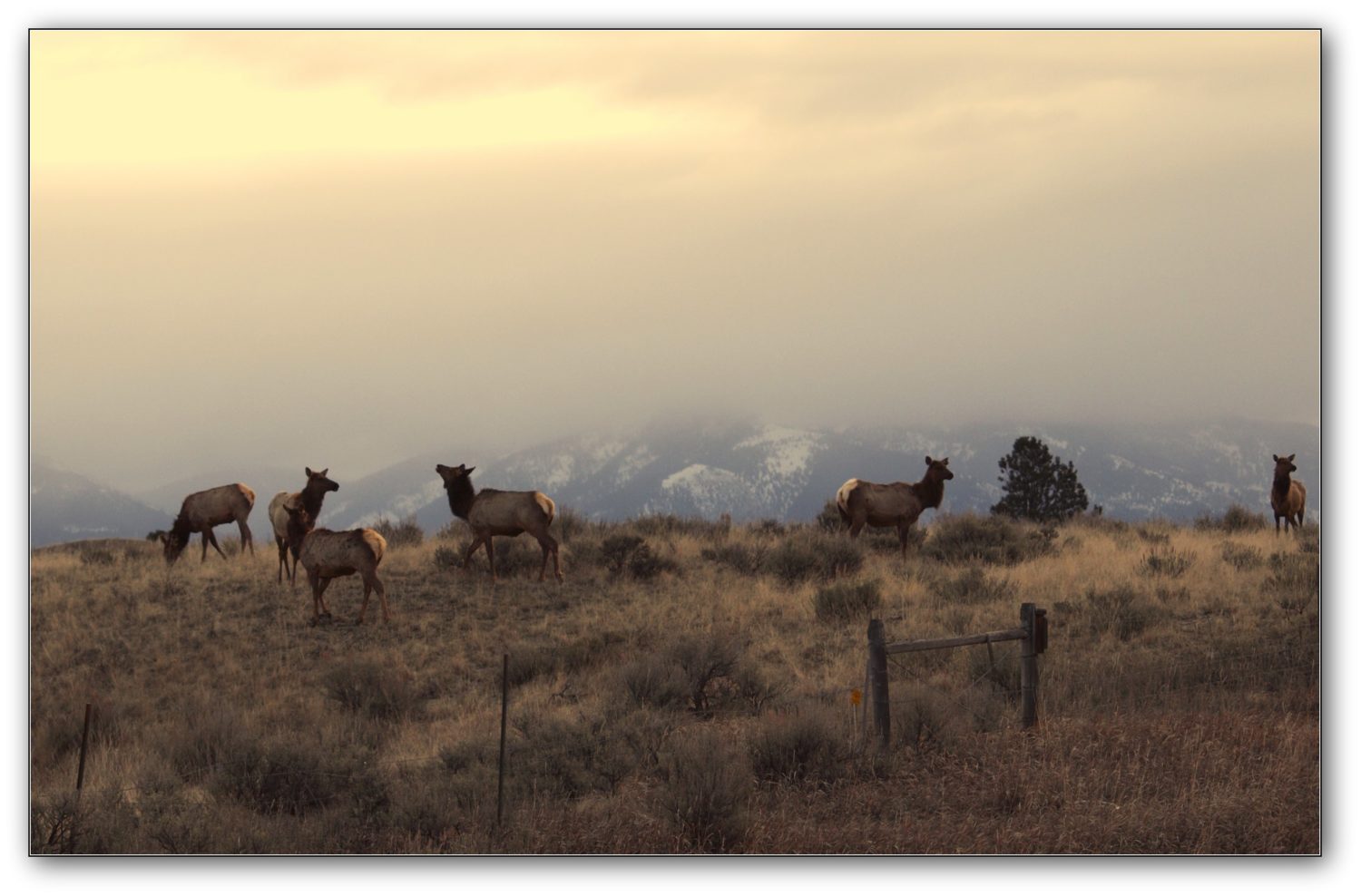
Block Management Basics
Montana’s BMA program has been around since the 80s, but 1995 is when it started to resemble what it is today. Charles told me that, at that time, 450 private landowners opened public hunting access to 2.5 million acres. Today, more than 1,250 landowners voluntarily participate in the program, opening their gates to more than seven million private acres—and that’s not counting the public lands adjacent to these properties, which would otherwise be difficult, if not impossible, to access.
Participation in the program is voluntary, but landowners receive compensation for opening access. This is where our tag fees come in. “Montana’s budget for the BMA program is around $6.5 million a year,” explains Charles. “Only 10 to 20 percent of that is funded through the federal Pittman-Robertson Act, with the rest coming directly from Montana license fees.”
The cool thing about the tag I scored, besides coming in at a more manageable price, is that it is paired with the possibility of gaining BMA access to hunt just the type of land where elk spend their time in the late fall—the low-country wintering grounds that happen to be primarily private lands. I was signing on to provide a benefit, too, by (hopefully) helping to manage an elk herd that was still overpopulated at the end of the regular hunting season.
Charles says it’s a good alternative for blue-collar hunters, or anyone who can’t afford a private land lease or guided hunt, to access private land.
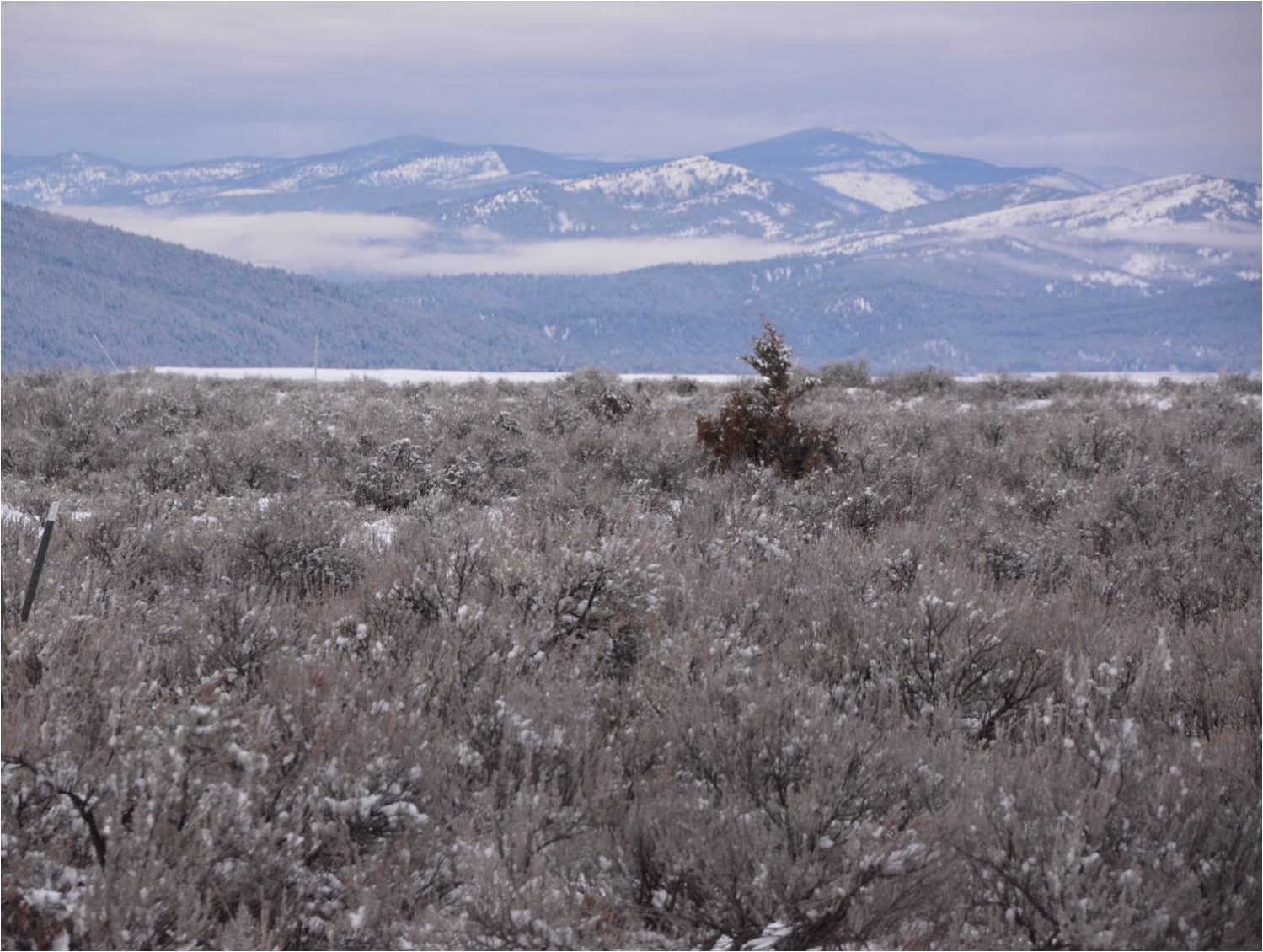
Backstrap Dividends
My investment in an out-of-state license paid off, and I felt as if I’d marked a Montana rite of passage when I finally harvested one of the cows I’d spotted from the hillside. I closed in on the small herd, walking very slowly, eyes wide, looking for any movement through the timber. I crept closer for what felt like an eternity, but was probably just minutes, before the lead cow stepped out in front of me, broadside. I ranged her at 95 yards, steadied, and pulled the trigger.
The investment I made in my late-season tag was a careful one, but now I know the true value of what I was buying. It wasn’t just a chance for me to be out there. (And I wouldn’t have been if not for the license-buying hunters who came before me.) Considering the resulting boost to access and habitat—not to mention the 125 pounds of meat in my freezer or a little help for a landowner who I can now count as my neighbor—that $300 was money well-spent.
Montana’s mid-March application deadline for deer and elk tags is quickly approaching. If you’re trying to decide whether or not to buy an expensive hunting license, just remember that these costs are a down-payment on many benefits for wildlife, access, and the future of our sporting traditions. When you look at it that way, it may seem like a small price to pay.

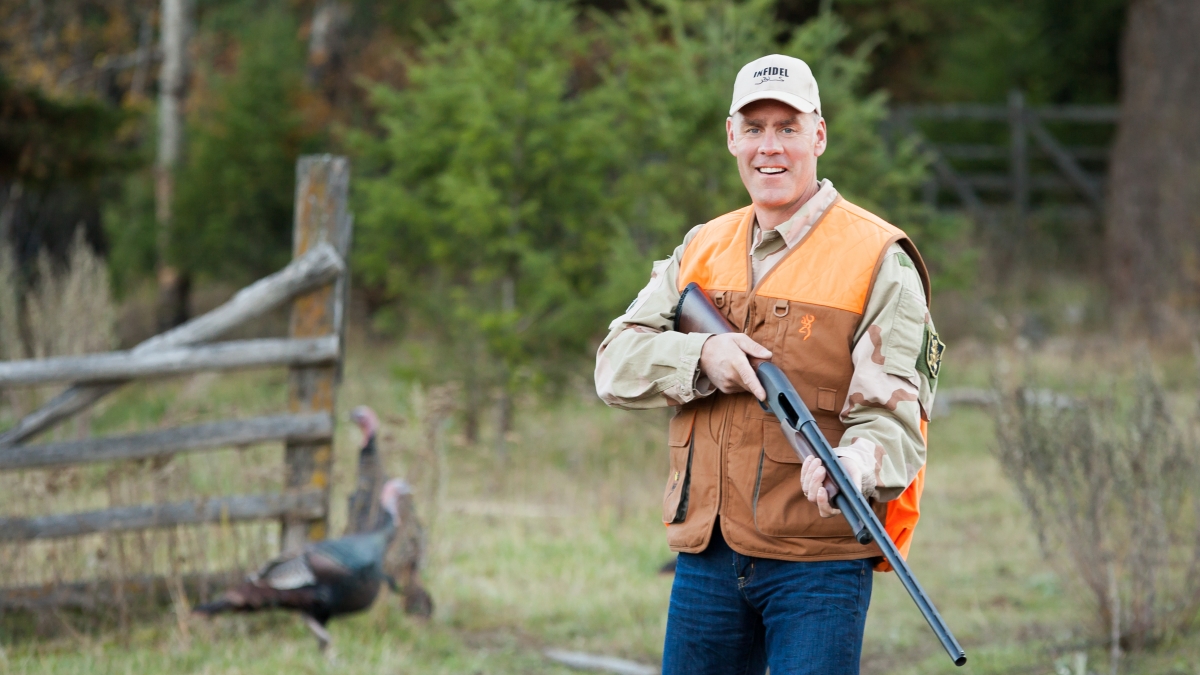
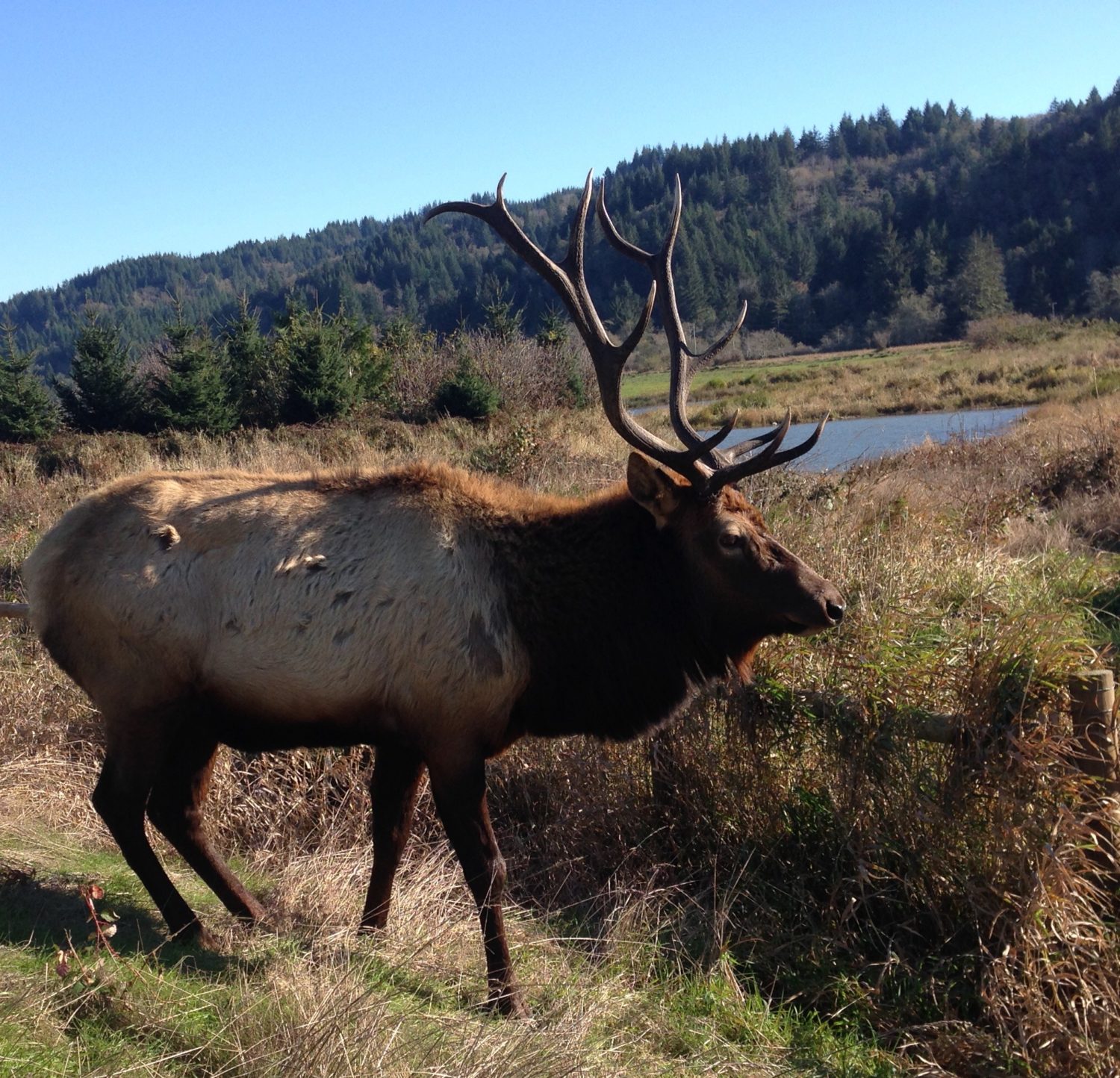
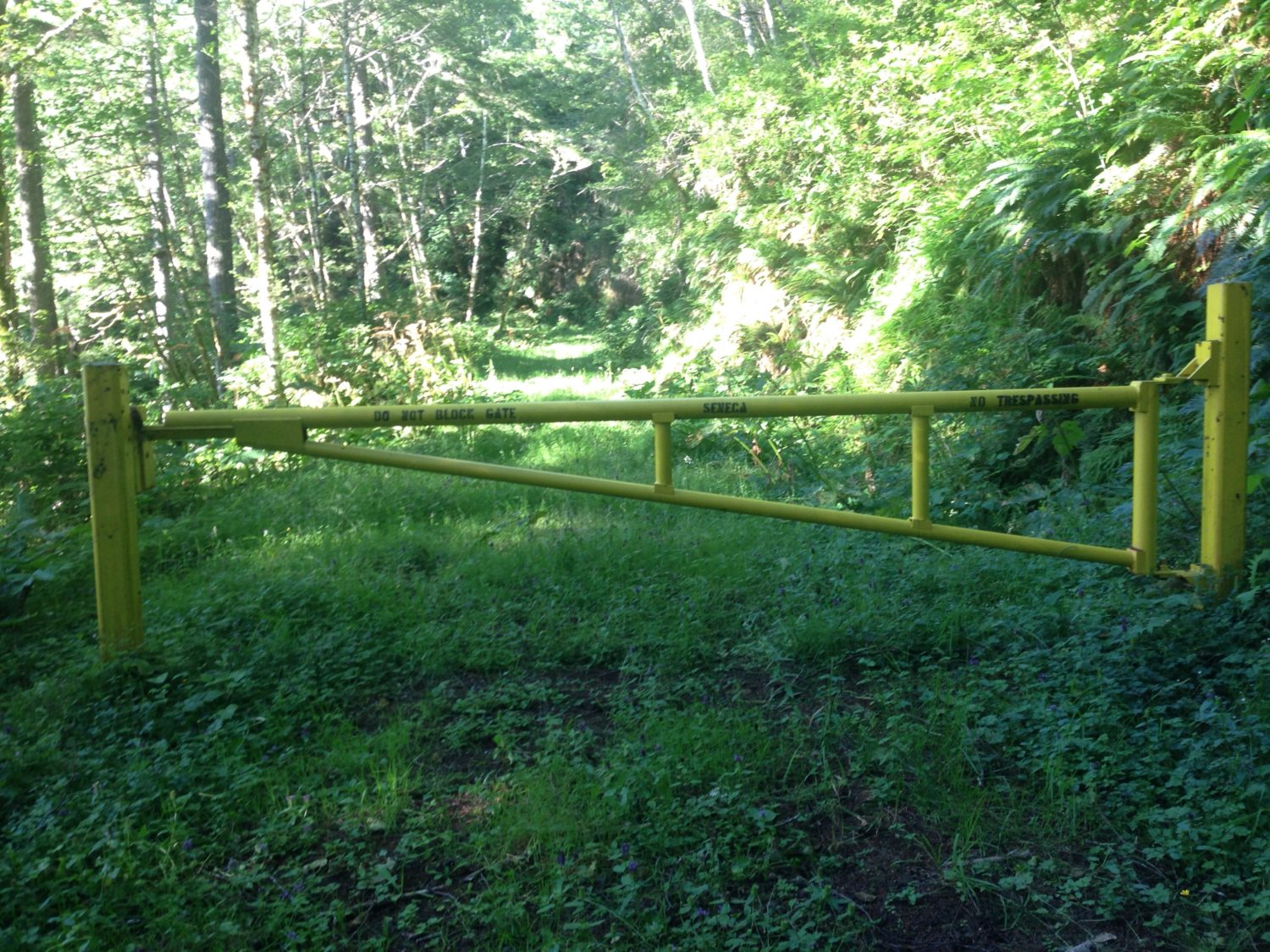
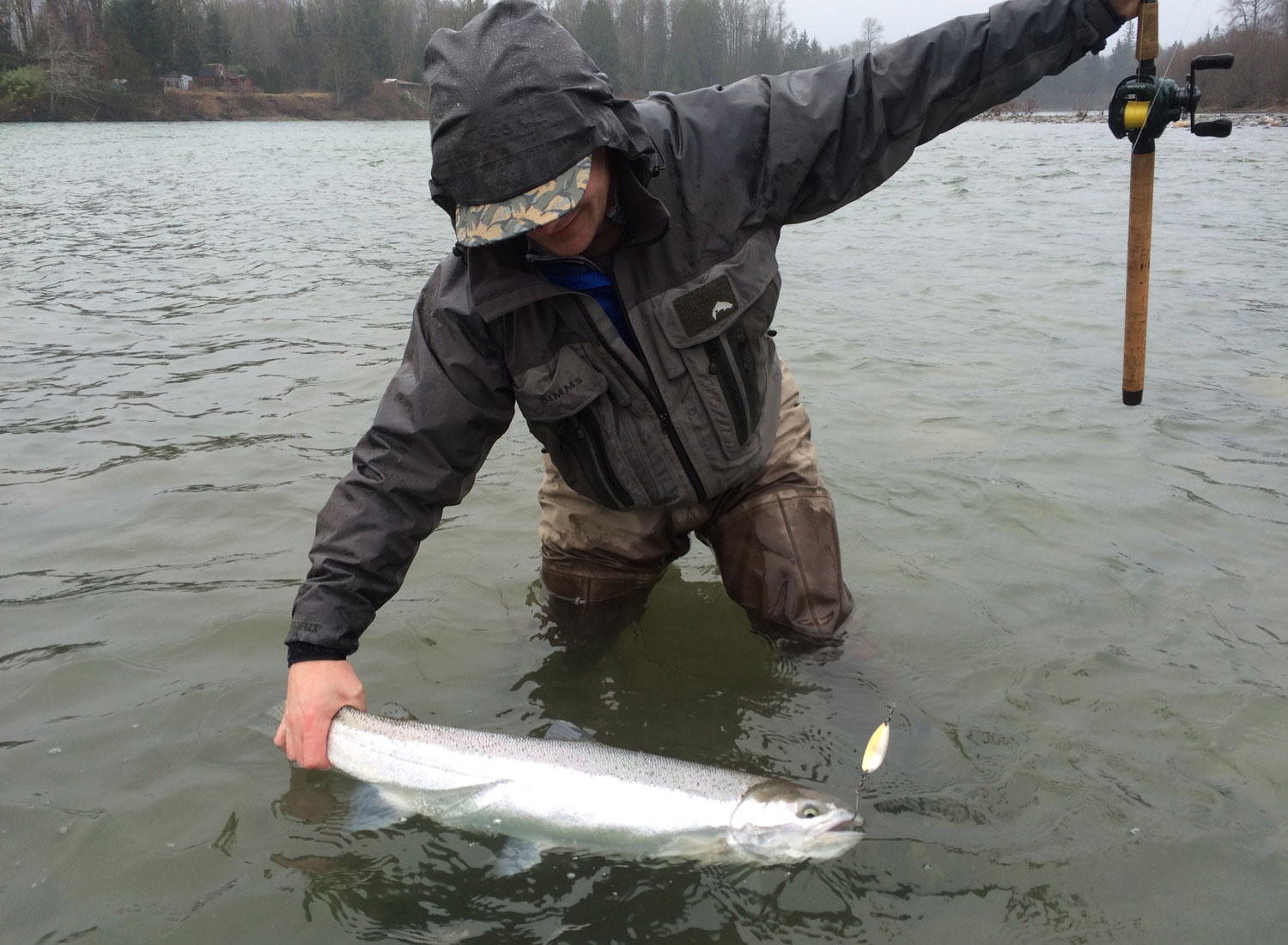
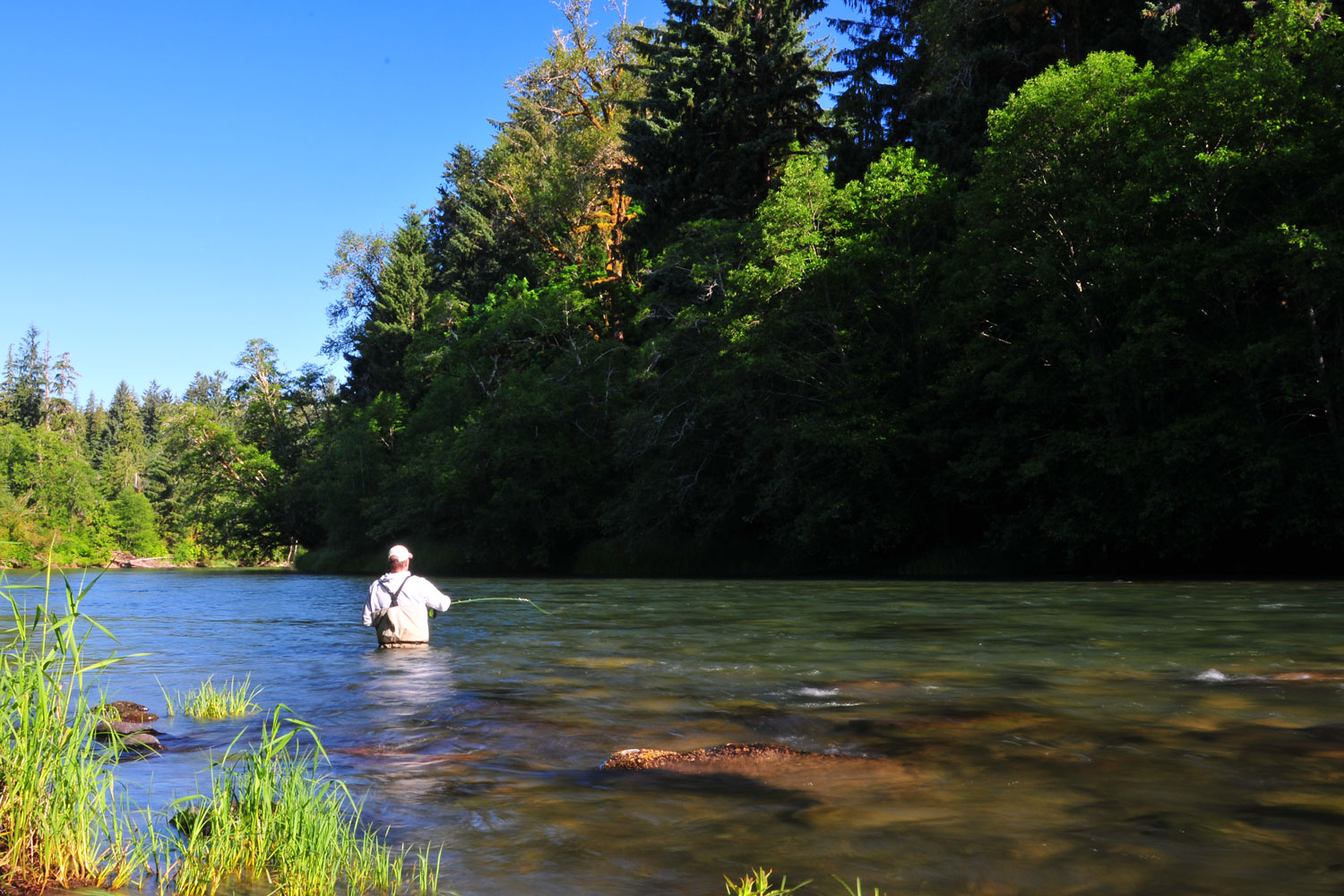
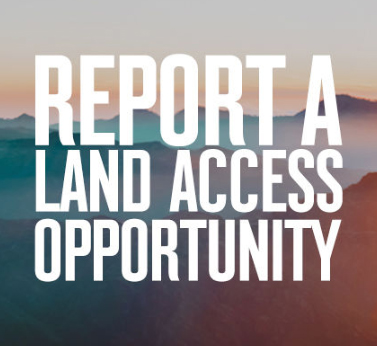




glad to see that America is moving in the direction it should be moving, for the people. not the government
Our public land heritage is at far greater risk than far to few voters relize. Party line’s are 180 degrees different on keeping public lands in public hands. GOP are simply put, pro privatization, Dem. & Green parties are Teddy Roosevelt pro public land supporters! Far to many voters are voting NRA, yet their vote for GOP is going to a party intent on transferring Fed land to states. Fed land to states will lead to the sale of our public lands. 150 National Forests east and west of Colorado per GOP platform on public lands are to be transfer to states, this is a ” fully supported” by the vast majority of Tea Party/Republicans, until the GOP platform is dropped, the outdoor men & women must vote pro public land as their top priority issue at State, & Federial level. Once lost public lands will forever be gone!